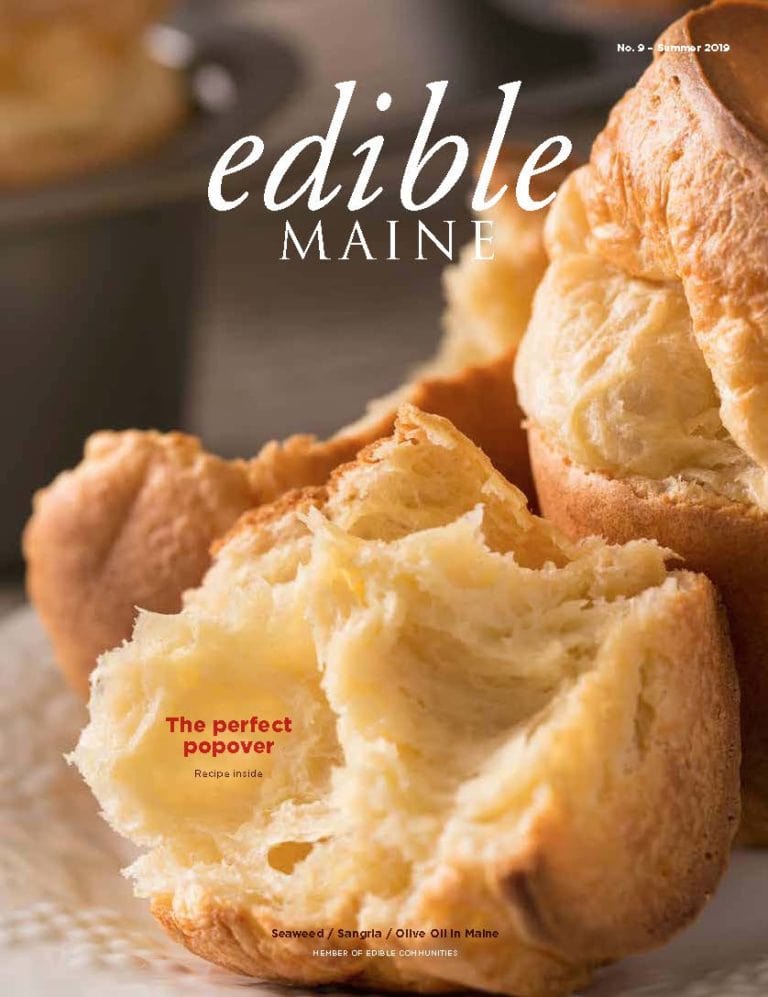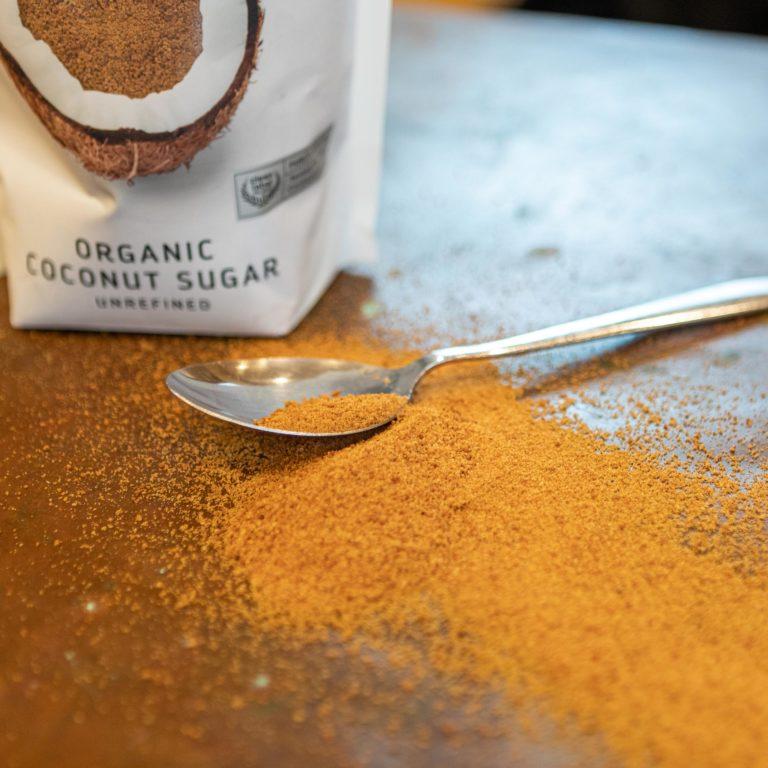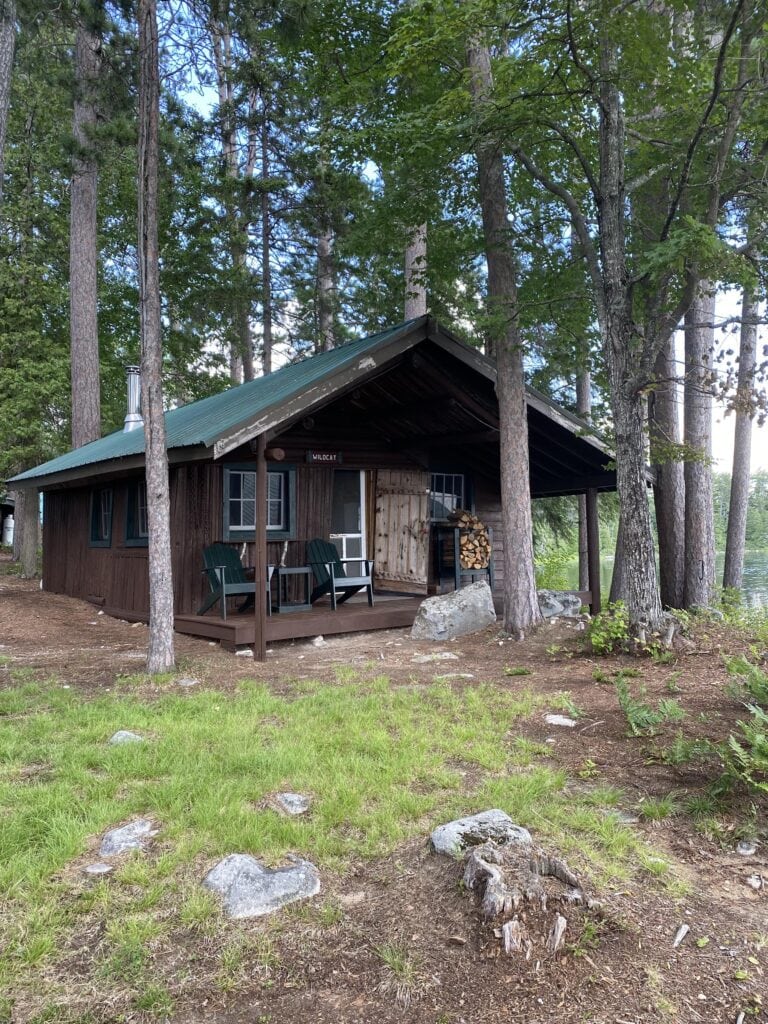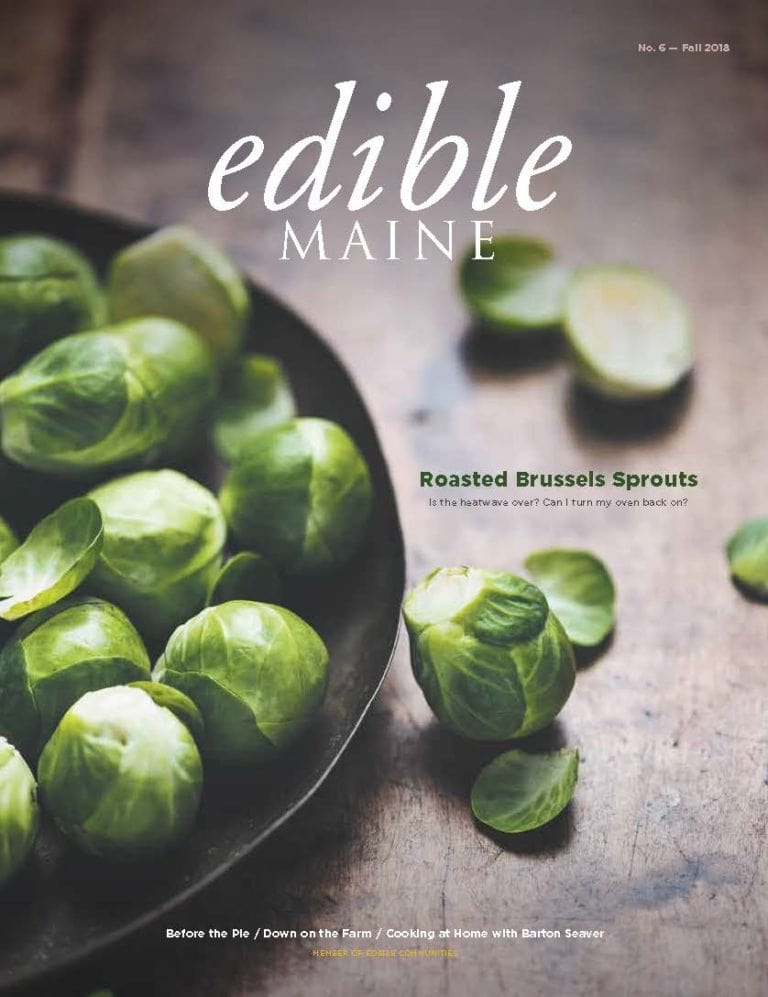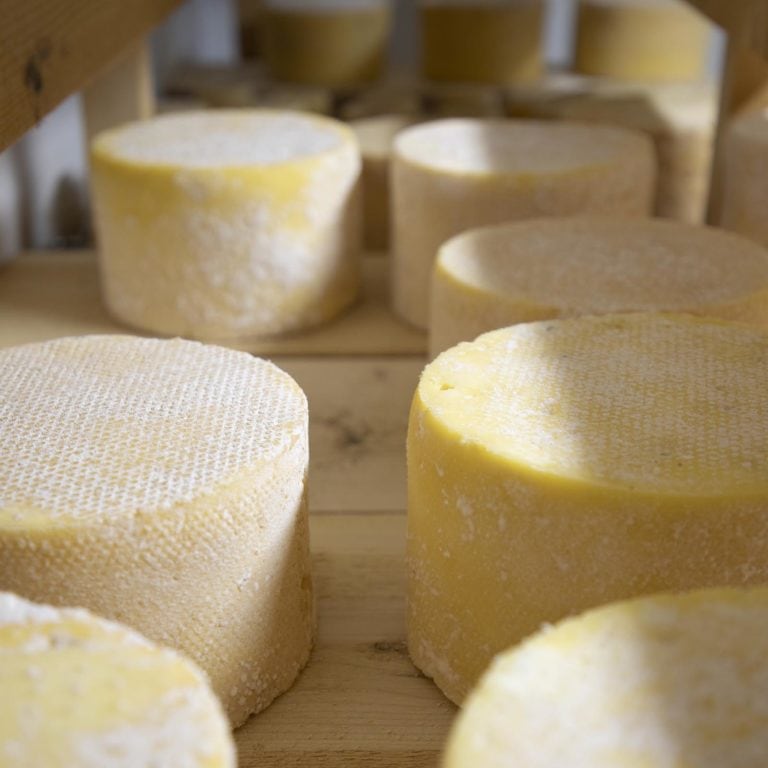Early in my life as a farmer, I was leasing a large rectangular field about 30 minutes inland from Camden. Roads ran along two of the property’s edges, and there was enough distance from the far corner of the field to the house that one could barely see what was happening at the opposite edge.
At the beginning of April, I settled in while delighting in how the landscape woke up around me, from neighbors tending their yards to quiet early blooms along the nearby stream.
One morning under slightly overcast skies, I noticed subtle movements at the far end of the field. Straining my eyes but not able to make out what was over there, I slowly walked along the field edge. Once I was close enough, I stopped in my tracks and a smile came across my face.
Four women huddled, bent over at the waist, making slow movements with their bodies but fast movements with their hands. They were harvesting dandelions. In my mind’s eye, these women had been meeting at this spring field for many years, gathering dandelions to preserve as dried tea or wine that they might share during cold winter visits. Rather than interrupt them, I walked back to the house with a feeling that the property was even richer thanks to the land being used and honored through the tradition of harvest.
Fast forward to midsummer in Maine. The dandelion blooms have now passed, but commercial farmers and home gardeners are tending to their crops and starting the preservation process. Maine, like many other Northeastern states, has a rich tradition of preserving food, especially given its history of agriculture and fishing. Back in the early 1900s, writer Dylan Smart-Pelletier notes, there were 111 vegetable canning factories in our state.
There are several ways that you can store the summer sunlight to enjoy once the primary growing and harvest season has passed. Let’s start with some traditional methods of food preservation in Maine:
Canning: Canning is a popular method used to preserve fruits, vegetables, and seafood. You’ve likely enjoyed food preserved in this way, whether it’s homemade jams and jellies from Maine’s abundant berries or canned lobster and clams from the coastal regions. To can safely, always make sure you use a recipe and proper equipment—and to really elevate your knowledge, I suggest taking the Master Food Preserver Volunteer course offered by the University of Maine’s co-op extension system.
Pickling: Pickled cucumbers are perhaps the most well known, but plenty of other vegetables like beets, carrots, and green beans can be pickled too. You might even choose less common items like dandelion roots or tender baby turnips. Pickled fish, such as herring, is also a traditional favorite.
Smoking: Smoking is particularly popular for preserving meats and fish in Maine. It not only imparts a delicious flavor but also helps extend the shelf life of these protein-rich foods. Smoked salmon, haddock, and mackerel are all staples of our culinary heritage.
Drying: Drying is a traditional method of preserving foods, especially fruits like apples and blueberries. Historically, Native Americans and early settlers in Maine would dry fish and meats as well, allowing them to store these items for long periods without refrigeration.
Root cellaring: While not a preservation method in itself, storing certain fruits and vegetables in root cellars is a traditional way to keep produce fresh for extended periods. Root cellars provide a cool, dark, and humid environment that helps slow down the ripening process. While many older homes have a basement conducive to root cellaring, you can also mimic the environment using big wooden bins and layers of sawdust, if you have a space that can be kept around 33°F.
Freezing: While perhaps not as traditional as some other methods, freezing is widely used in Maine for preserving food, especially items like berries, vegetables, and meats. Many Mainers take advantage of the short growing season by freezing surplus produce to enjoy during the colder months—perhaps processing it when the weather cools and it’s more inviting to spend longer spells in the kitchen. Blueberries, strawberries (with their stems removed), and even tomatoes can essentially be frozen whole.
In the Northeast, homemade beverages like dandelion wine are a cherished tradition that taps into the creativity of their makers and the abundance of local ingredients. Many fruits and flowers, from elderflowers to blueberries, can be turned into these sparkling beverages.
While finding a good recipe is an important base to start from, stepping back and looking at the beverage-making process itself can open the door for wider inspiration.
Foraging: The first step in making homemade beverages is foraging for ingredients. Dandelions, for example, are plentiful in fields and meadows during the spring months, although you can also find a good flush in the fall, particularly in shady areas.
Regardless of what you’re foraging, choose only the most vibrant and healthy plants. Part of the fun is paying attention through the season to see what is blooming in your area and what plants call you to harvest them. This is the first step in making food that you’ll put in your body, so the more connected you are to the plant and the place, the better. It’s also important to know that the plant wasn’t sprayed with harmful chemicals, and to avoid harvesting all of a given species in an area.
Preparation: The second step is preparation, and it’s helpful to take it slow. This is when you are turning the plant you’ve carefully gathered into food. Your intention and care will be imparted to your final product, just as different essences will be if you are rushed. For example, in the case of dandelions, once gathered, you’ll need to carefully clean the dandelion flowers and ready them for use. This might involve removing the green parts of the flower to avoid imparting a bitterness to the wine.
Brewing: The brewing process typically involves steeping what you’ve harvested in hot water, much like making tea. This extracts the flavors and nutrients from the ingredients. After steeping, a sweetener, yeast, and sometimes additional flavorings like citrus fruits or spices are added to the mixture.
Fermentation: After the initial brewing, the mixture is left to ferment. This process can take several weeks to months, depending on the recipe and desired flavor profile. During fermentation, the yeast consumes the sugars, producing alcohol and carbon dioxide.
Bottling and aging: Once fermentation is complete, the beverage is often transferred to bottles for aging. Like fine wines, homemade beverages such as dandelion wine can benefit from aging, allowing their flavors to mellow and develop complexity over time.
Enjoyment!: You’ve put a lot of work and care into creating your beverage, so make sure to celebrate it while popping the first bottle with friends, family, or neighbors. You’ve created something unique and delicious from locally sourced plants, and fostered a greater connection to the land and the seasons. Making homemade beverages in the Northeast, whether it’s dandelion wine or other concoctions, is a labor of love that celebrates the region’s natural bounty. Can you taste the summer sun?
Making Summer Wines
During July in Maine, when the landscape is bursting with lush vegetation and ripe fruits, there are several options for making foraged wine using ingredients that are abundant. Here are a few ideas:
Blueberry wine: Maine is famous for its wild blueberries, which are typically in season from late July through August. These tiny, flavorful berries make excellent wine, with a sweet-tart flavor profile that captures the essence of summer in Maine.
Elderflower wine: Elderflowers bloom in Maine during the early summer months, usually from late June to early July. These delicate white flowers have a subtle floral aroma that lends itself beautifully to winemaking. Elderflower wine is light, fragrant, and perfect for sipping on a warm summer evening.
Strawberry wine: While strawberries are usually harvested earlier in the season, some varieties continue to produce fruit into July. Strawberry wine is sweet, aromatic, and wonderfully refreshing, making it a delightful choice for homemade wine in the summer.
Raspberry wine: Raspberries are another fruit that ripens in Maine during July. Their bold, tangy flavor is well suited to winemaking, producing a vibrant wine with a beautiful ruby color and rich berry notes.
Herbal wine: In addition to fruits, Maine’s forests and fields are teeming with edible herbs and flowers in July. Consider making a wine infused with wild herbs like mint, lemon balm, or chamomile for a unique and refreshing beverage full of the character of the Maine summer.






